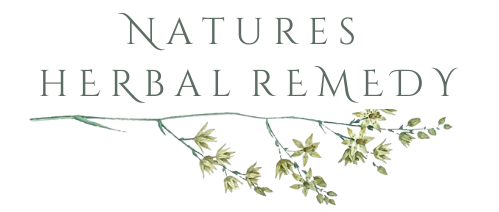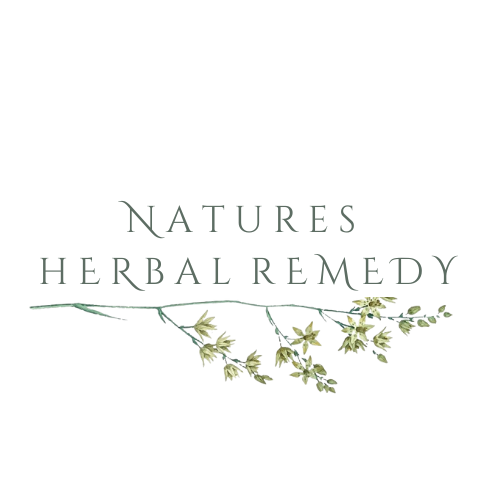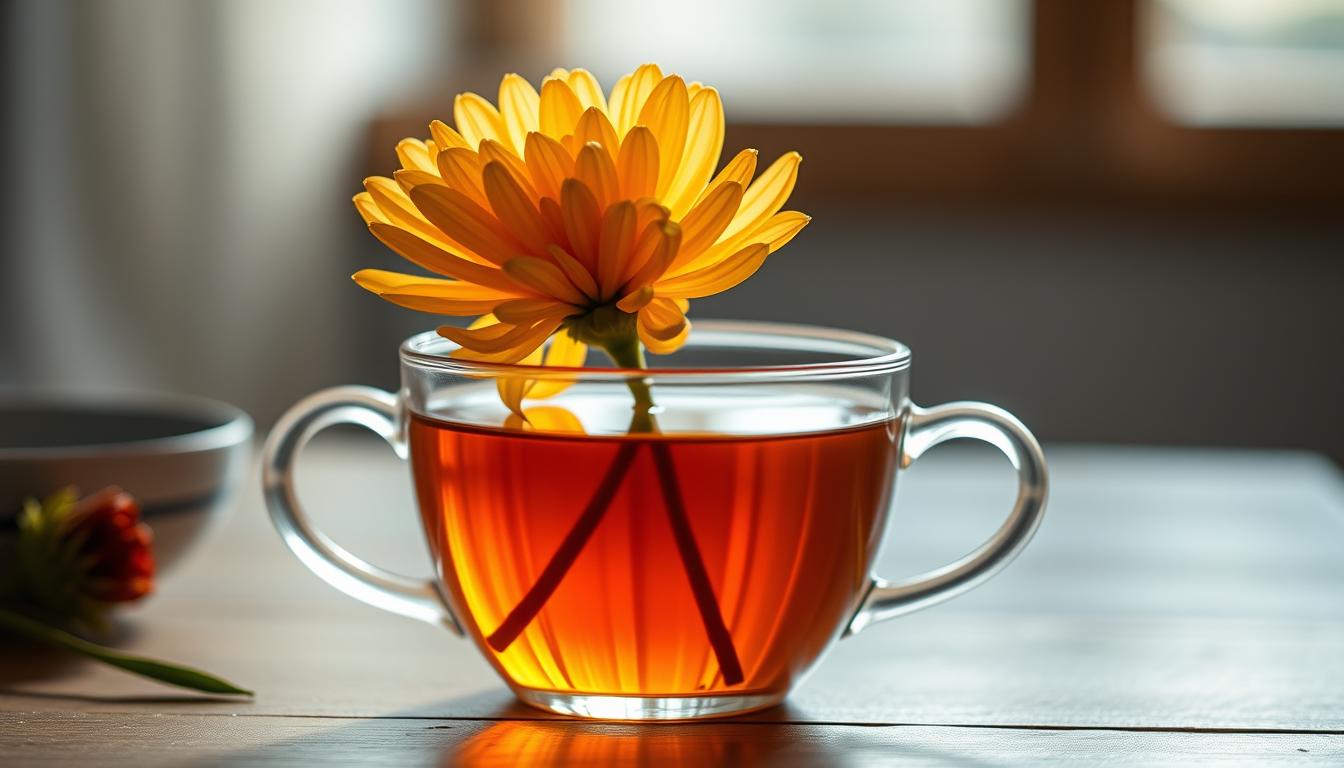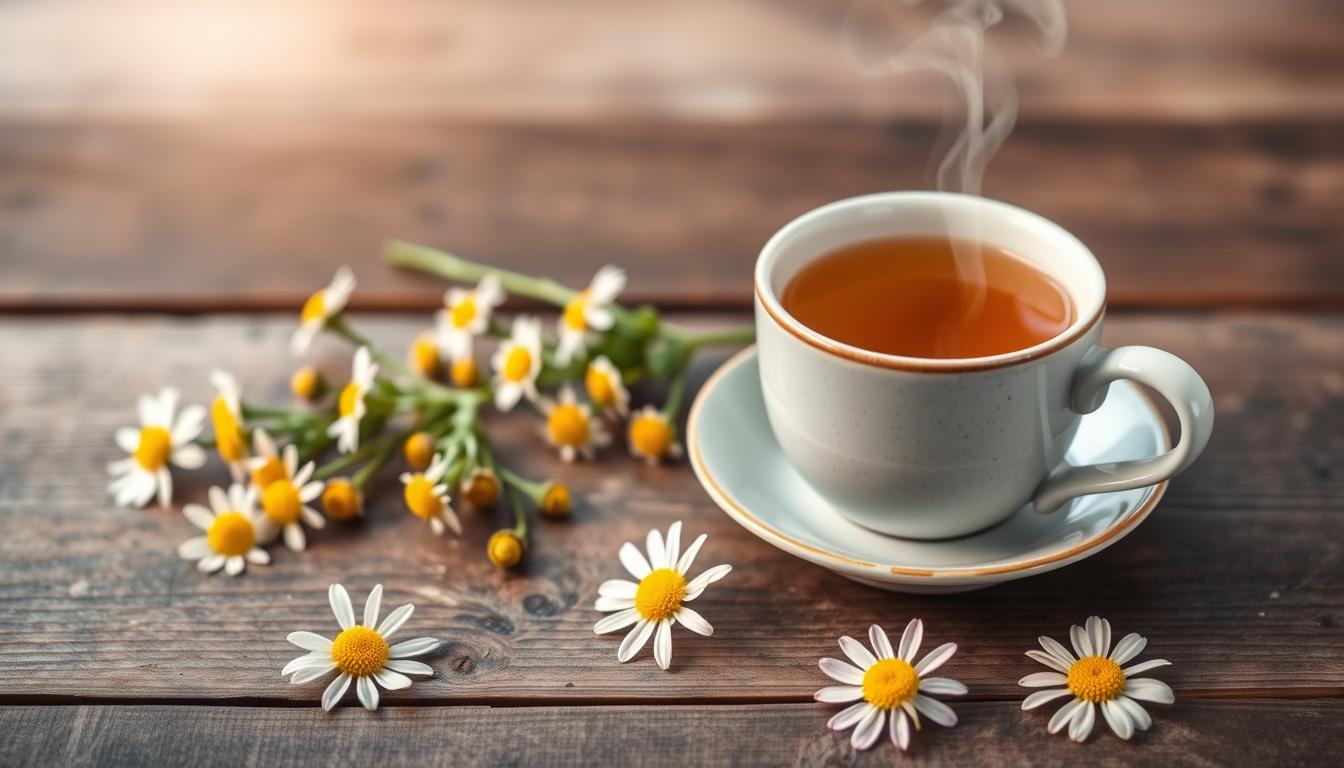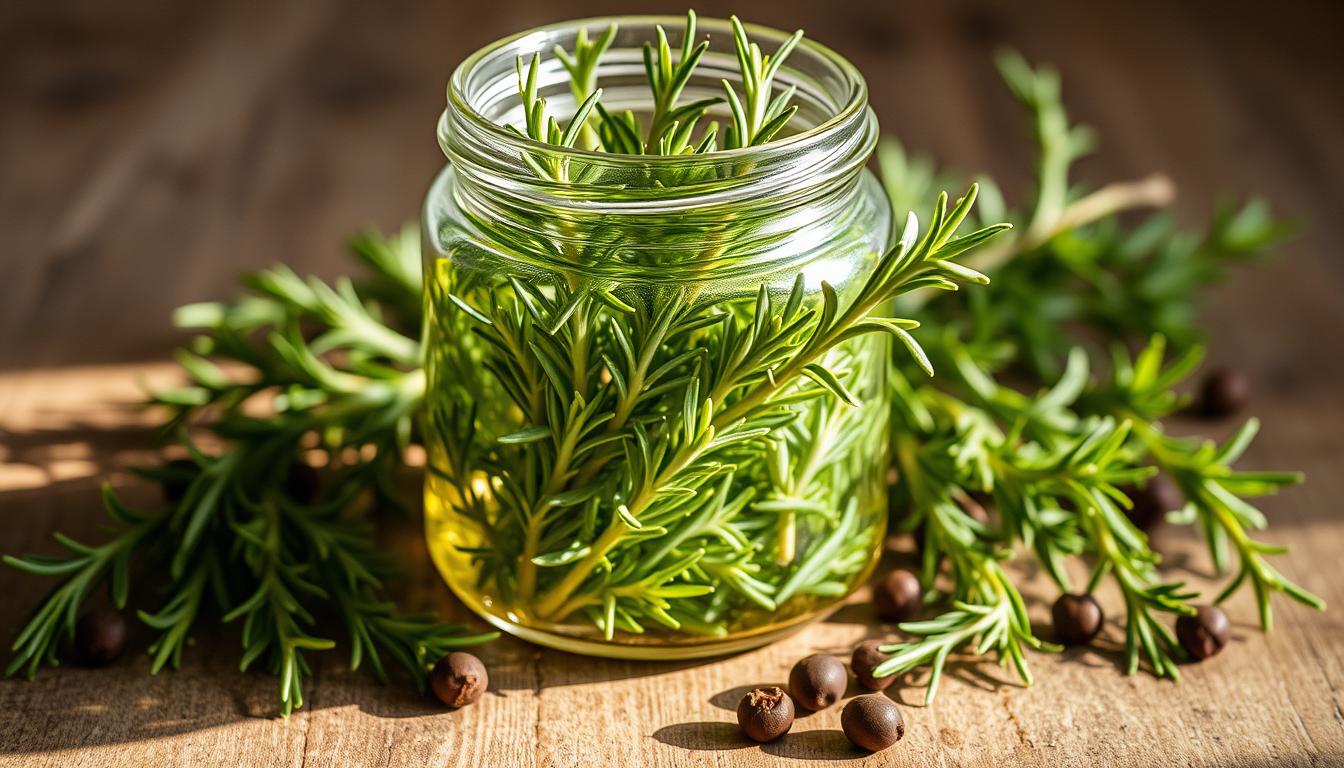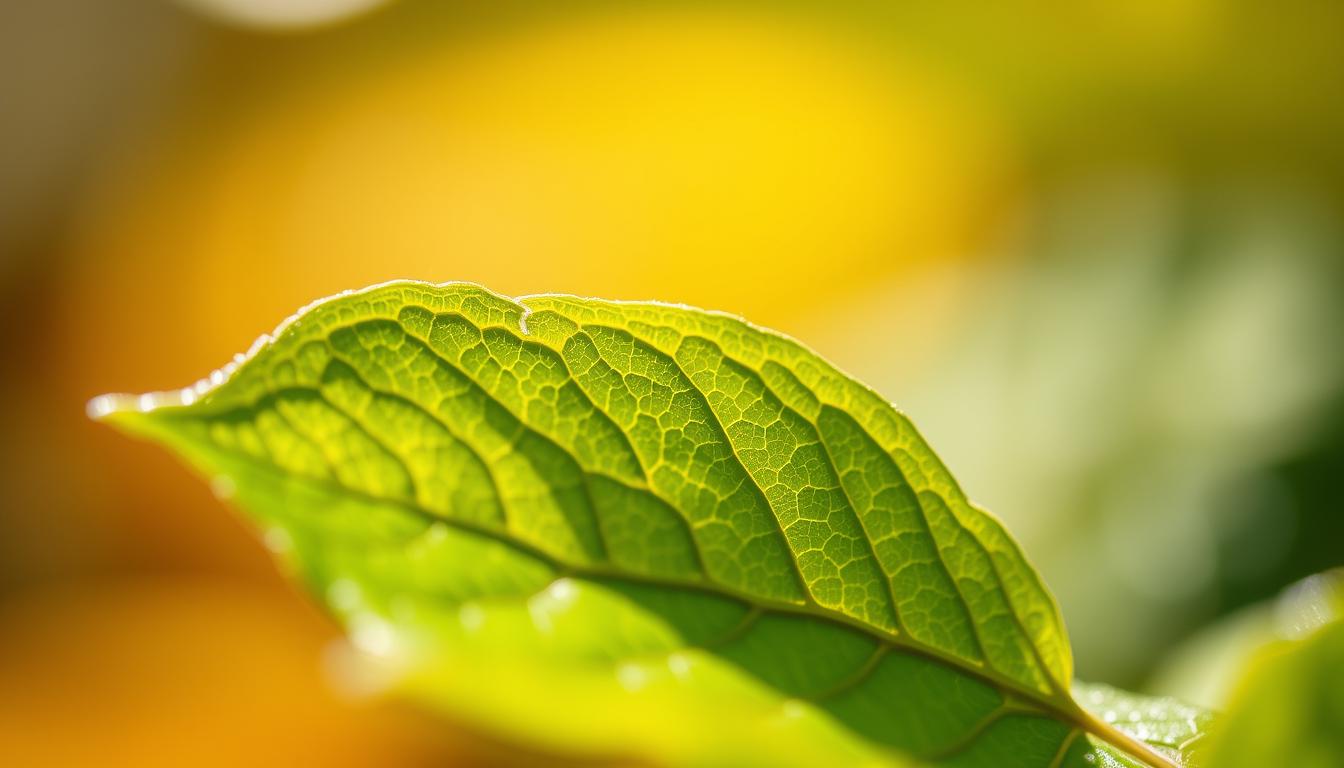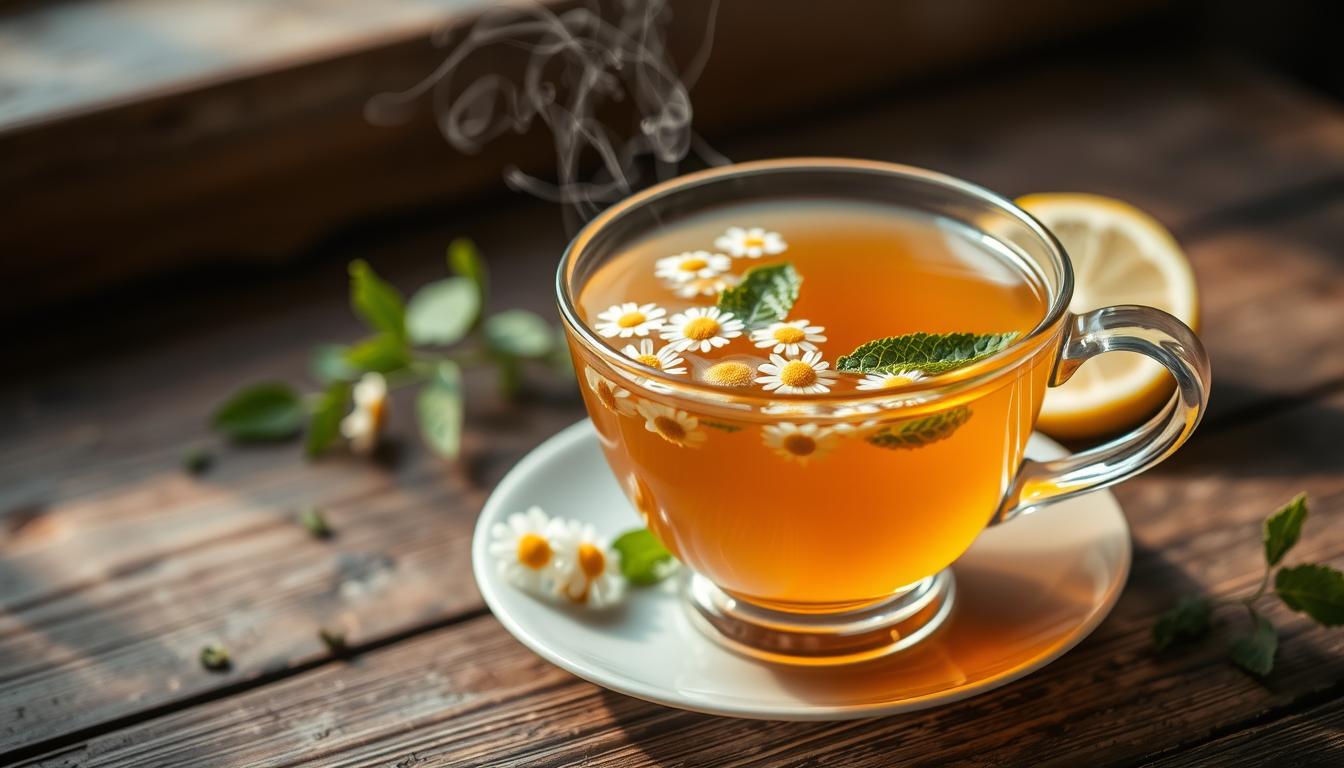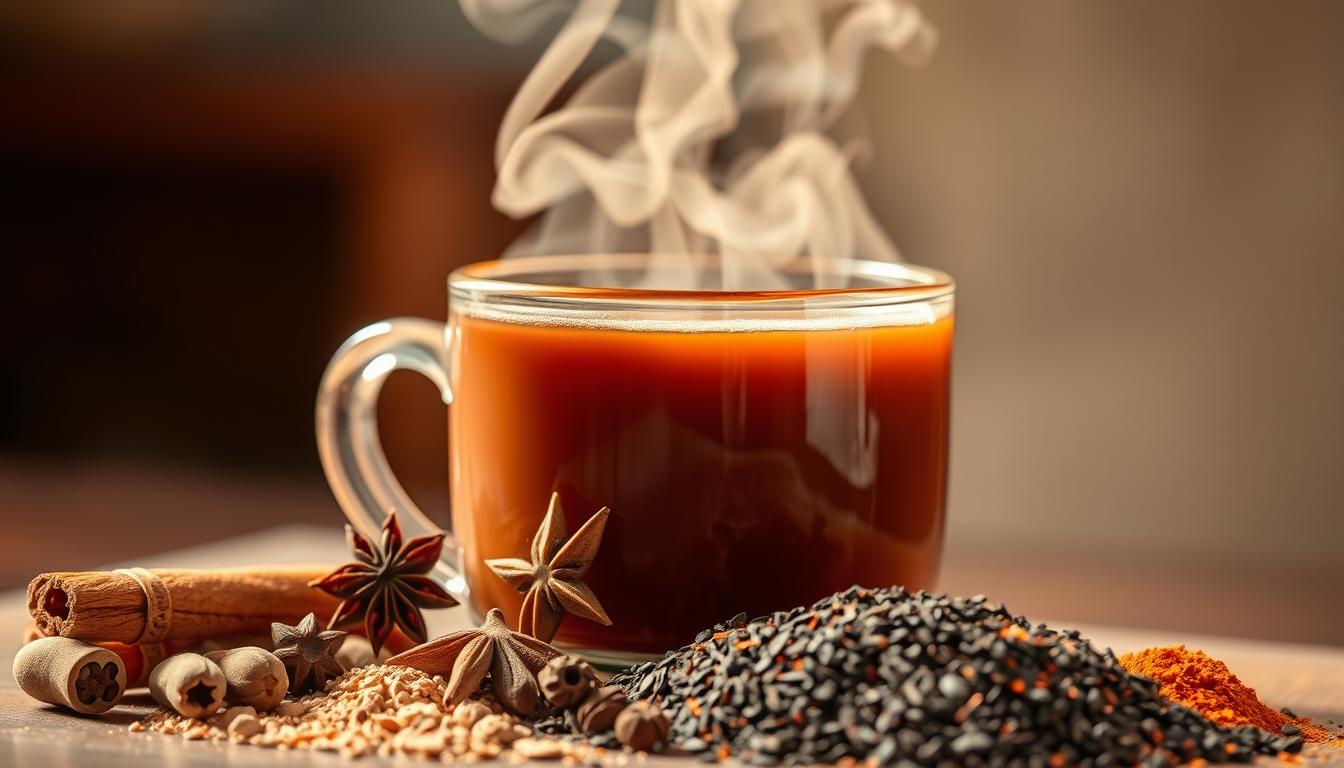Chrysanthemum Tea Benefits: Calm, Balance & Natural Wellness
You’ve probably heard about the good things floral drinks can do. Chrysanthemum tea is special because of its unique soothing qualities and delightful taste.
This tea comes from the Mum flower tree’s petals. It carries a gentle floral aroma and encourages relaxation. In traditional Chinese wellness practices, it’s appreciated as a natural way to support balance and vitality.
When you look into wellness drinks, this floral infusion is a great pick. It’s both refreshing and nurturing for your overall well-being.
Table of Contents
The Ancient Origins and Cultural Significance
With roots in ancient China, Chrysanthemum tea has been one of the most loved Chinese herbal teas for centuries — known for its soothing floral essence and gentle balance.
Historical Use in Eastern Traditions
In Eastern traditions, this floral brew was known for its calming and centering effects. It was traditionally used to support comfort and inner balance. Its ability to encourage the body’s natural response to tension made it a valued part of holistic practices.
Practitioners believed it helped ease the mind and foster overall wellness.
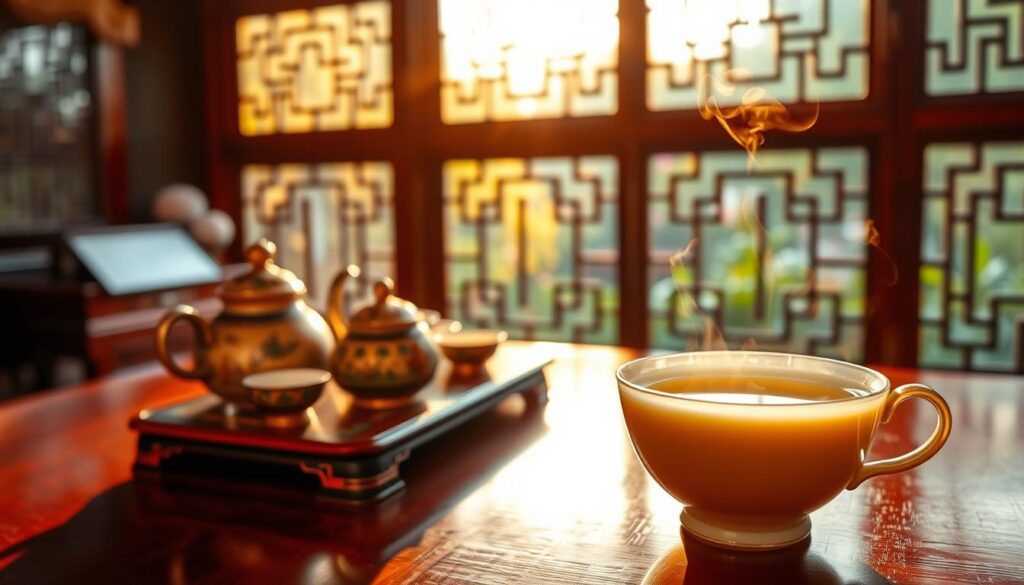
Symbolic Meaning of Chrysanthemum Flowers
The chrysanthemum flower has deep meaning in Eastern cultures. It stands for longevity, honor, and loyalty. It’s often seen in art and literature, symbolizing noble virtues.
Drinking this tea connects us to these traditions. It invites a mindful moment that reflects balance and grace.
What is Chrysanthemum Tea?
Chrysanthemum tea is a beloved herbal infusion made from the flowers of the chrysanthemum plant. You might have seen these flowers in decorations or as symbols in Eastern cultures. This beverage is loved for its gentle taste and natural wellness-supporting qualities.
The Flower Behind the Brew
The chrysanthemum flower is the heart of this tea. Native to Asia, it has been appreciated in traditional wellness rituals for centuries. The flowers are picked in the fall, dried, and then steeped to create the brew. Drying helps preserve the flower’s subtle, nurturing properties.
Nutritional Profile and Active Compounds
This herbal infusion contains natural plant compounds such as flavonoids and phenolic acids—known for their gentle balancing qualities that help maintain overall wellness. It also includes a Gentle Flower Compound that naturally encourages comfort and harmony in the body. The tea provides a mild blend of vitamins and minerals that contribute to its wholesome and nurturing nature.
`
| Nutrient | Value per Cup |
|---|---|
| Natural Balancing Compounds | High |
| Gentle Flower Compound | Variable |
| Natural Vitality Elements | Moderate |
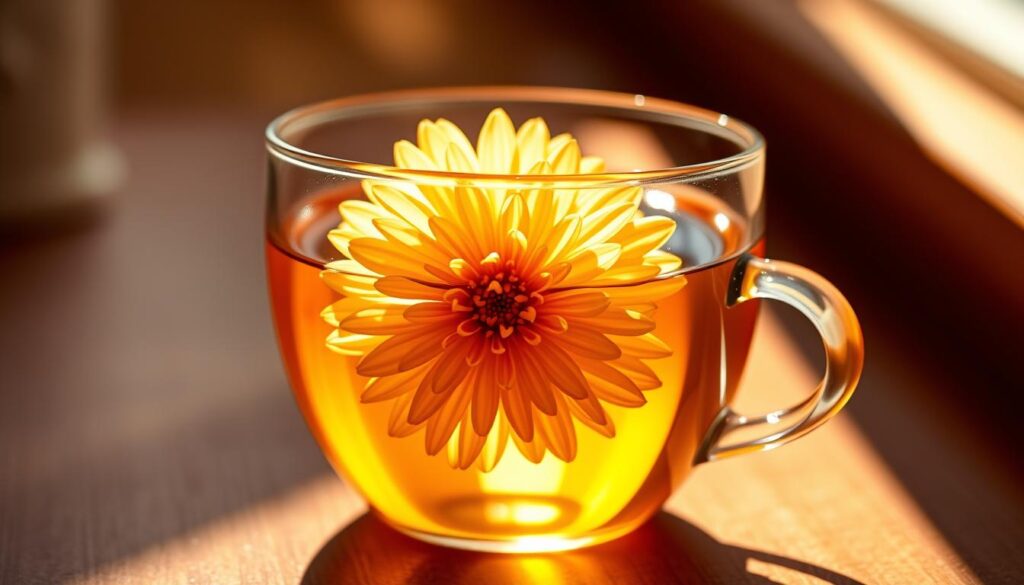
The Wellness Benefits of Chrysanthemum Tea
Chrysanthemum tea benefits are numerous and gentle. It helps promote relaxation and supports a balanced lifestyle. Including this brew in your daily routine can nurture your body and mind.
Natural Comfort and Gentle Wellness Support
This floral infusion is rich in plant-based compounds that naturally help the body maintain balance during daily stress. It nurtures inner harmony and gently supports overall wellness. The natural compounds, like flavonoids and phenolic acids, contribute to a sense of vitality and well-being.
Encourages the body’s natural resilience
Drinking this tea may help encourage the body’s natural defenses and support everyday vitality. It’s traditionally appreciated for nurturing overall well-being.
Eye and Vision Comfort
This herbal brew has long been enjoyed for helping to ease eye strain and provide a sense of visual refreshment. This makes it a popular choice for those who spend long hours looking at screens.
Calming and Relaxation Effects
The beverage is often enjoyed for its relaxing and soothing qualities. A warm cup can calm the senses, promote restfulness, and support emotional well-being.
| Wellness Benefit | Description |
|---|---|
| Natural Comfort | Encourages the body’s natural response to tension and supports balance |
| Supports Natural Resilience | Promotes natural defenses and overall vitality |
| Eye Comfort | Helps ease eye strain and supports visual clarity |
| Relaxation | Promotes calm and a balanced mood |
Does Chrysanthemum Tea Contain Caffeine?
Many people wonder if chrysanthemum tea contains caffeine. This popular floral brew is naturally caffeine-free, just like basil tea and moringa tea, making it a perfect choice for those seeking a calming, wellness-focused beverage any time of day.
Caffeine Content
The answer to what does chrysanthemum tea contain caffeine is simple—it contains none. This brew is naturally caffeine-free. This makes it a perfect choice for anyone seeking a soothing beverage at any time of day. It’s made from chrysanthemum flowers, not tea leaves—the usual source of caffeine in traditional teas.
Comparing with Other Popular Teas
To understand this tea’s caffeine status, let’s look at other teas.
| Tea Type | Caffeine Content |
|---|---|
| Chrysanthemum Tea | Caffeine-Free |
| Green Tea | 25-30 mg per 8 oz cup |
| Black Tea | 40-70 mg per 8 oz cup |
| White Tea | 6-8 mg per 8 oz cup |
The table shows this floral infusion is caffeine-free, making it ideal for daytime or evening enjoyment.
How to Prepare the Perfect Cup of Chrysanthemum Tea
Learning how to make this herbal tea can enhance your tea experience. To enjoy its best qualities, it helps to know both the traditional and modern ways to brew it.
Traditional Brewing Methods
To prepare this tea the traditional way, use 5–8 dried flowers for every 8 oz of water. Rinse the flowers briefly with hot water, then steep. This gentle process draws out the flower’s natural aroma and soothing essence.
Modern Preparation Techniques
Today, you can prepare this beverage easily using infusers or tea bags. It can also be blended with other herbs or blossoms for creative flavor combinations. This allows you to enjoy both the taste and the natural comfort it provides.
Recommended Steeping Times and Temperatures
For best results, steep the flowers in water at 90–95°C for 3–5 minutes. Adjust time to your taste. Proper steeping helps release the tea’s gentle balancing compounds and relaxing effects.
By following these steps, you can create a comforting cup that supports relaxation and well-being.
Varieties and Ways to Enjoy Chrysanthemum Tea
There are many types of this floral tea, from Yellow to White. Each variety offers a unique taste and gentle wellness touch, making it a versatile choice.
Yellow Chrysanthemum Tea
Yellow chrysanthemum tea is very popular. It has bright flowers and a light, smooth flavor. This tea contains gentle balancing compounds and supports relaxation and inner harmony.
Flavor Profile and Best Uses
The taste of yellow chrysanthemum tea is soft and slightly sweet. It’s perfect for those who enjoy gentle, soothing flavors. Sip it warm for comfort on cooler days.
Where to Source Quality Flowers
To find the best yellow variety, look for trusted sources that provide organically and sustainably grown flowers. Specialty tea shops and online wellness stores often offer premium options.
White Chrysanthemum Tea
White chrysanthemum tea is delicate and refreshing. The light flowers make for a refined tea experience that both calms and uplifts.
Unique Properties and Taste
The white variety has a clean, airy flavor. It’s rejuvenating and ideal for those seeking balance and a gentle energy lift.
Seasonal Availability
White chrysanthemum flowers are typically harvested in late summer to early fall, making this tea especially cherished during those seasons.
Red Chrysanthemum Tea
Red chrysanthemum tea has vibrant flowers and a slightly richer flavor. The bold color and warm aroma create a tea experience that both relaxes and uplifts.
Unique Properties and Taste
The red variety has a full, slightly sweet flavor. It’s comforting and ideal for those seeking gentle wellness support and a sense of daily balance.
Seasonal Availability
Red chrysanthemum flowers are typically harvested in late summer to early fall, making this tea especially cherished during those seasons.
Popular Chrysanthemum Tea Blends
Many people enjoy blending this tea with other botanicals such as jasmine, green tea, or osmanthus. Each pairing creates a unique flavor and sensory experience.
Creative Recipes and Pairings
Experiment with this floral brew by adding honey or a touch of lemon for extra flavor. Pair it with light snacks or desserts for a calming, delightful tea ritual.
Conclusion: Making Chrysanthemum Tea Part of Your Wellness Journey
Exploring chrysanthemum tea benefits reveals its soothing nature and caffeine-free profile. With its rich heritage and nourishing qualities, it’s a beautiful way to support everyday balance.
Knowing it’s free from caffeine makes it suitable anytime—morning or evening. Add it to your wellness habits and explore different brewing styles to discover your favorite cup.
Bringing this tea into your wellness journey can nurture both body and mind. It’s a simple ritual for a more balanced life—why not make it part of yours?
Discover our complete collection of herbal wellness teas and herbal infusions.
